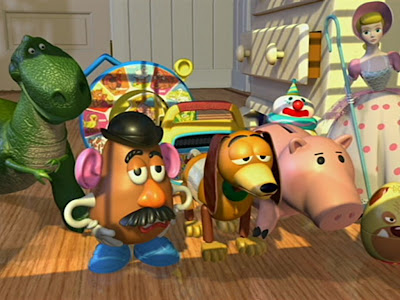Beat It - Michael Jackson - 1982
Beat It - Fall Out Boy – 2008
Michael Jackson - LISTENING FRAMEWORK
LISTENING PHASE 1 (Rhythm)
Tempo
- Medium
Source
- Guitar/Bass and Drums
Groove
- Pop, with a little Rock
LISTENING PHASE 2 (Arrangement)
Instrumentation
- Vocals, drums, guitar, bass, synth, lead/solo guitar
Structure/Organization
- Intro, Verse, Verse, Chorus, Verse, Verse, Chorus, Chorus, Gtr. solo, Chorus, Chorus
Emotional Architecture
- The song builds up to the choruses and the guitar solo, but drops when returning to the verses.
LISTENING PHASE 3 (Sound Quality) Balance
Height
- Voice and Guitar are high, Bass and Synth are low
Width
- Drums and synth are in the middle, Bass and the guitar solo are on the left, Guitar is on the right, and the vocals pan back and forth
Depth
- Vocals and the guitar solo are the loudest, and the bass/guitar are also kind of loud
Fall Out Boy - LISTENING FRAMEWORK
LISTENING PHASE 1 (Rhythm)
Tempo
- Fast
Source
- Drums and Guitar/Bass
Groove
- Punk. With some Pop and Rock
LISTENING PHASE 2 (Arrangement)
Instrumentation
- Vocals, lead guitar, drums, guitar, bass
Structure/Organization
- Intro, Verse, Verse, Chorus, Verse, Verse, Chorus, Chorus, Gtr. solo, Chorus, Chorus
Emotional Architecture
- The song builds up to the choruses and the guitar solo, and then drops when returning to the verses.
LISTENING PHASE 3 (Sound Quality) Balance
Height
- Guitar is high, Bass and Drums are low
Width
- Guitar is on the left, the Guitar solo is on the right, and vocals pan back and forth
Depth
- Vocals, Lead Guitar, and the Guitar solo are the loudest
For my comparison I chose to compare the original version of Michael Jackson’s 1982 pop hit, Beat It, with Fall Out Boy’s 2008 cover of the song, that took a more punk approach to the hit. The original version of the song is more of a medium tempo pop song with some rock groove to it. The cover is a much faster rendition of the song that focuses its groove on being a very punk song that has many elements of the pop and rock genre’s. The cover made by a four-person punk/rock band, rather than the original that was sung by one guy and used mostly synth sounds and instruments, to create the rhythm. Both songs featured special guest musicians for their respective guitar solos. The original featured Eddie Van Halen, while the cover featured John Mayer doing its guitar solo. Both the cover and the original shared the same structure and emotional architecture, as well as the source of their sound and mostly had the same instrumentation. The two songs tended to differentiate on their height, but shared a similar depth, with the vocals and guitars being the loudest instruments in each song. Each song did have their own different and distinct width, besides them both having the vocals pan back and forth throughout the song. The cover had most of the instruments and vocals panned evenly through both sides, but has the regular guitar panned to the left, while the guitar solo is panned to the right. The original has the guitar panned to the right and has the bass and guitar solo panned to the left, while the drums and the synth are panned evenly in the middle.
I prefer the Fall Out Boy version of the song better because it has more of a rocking punk groove to it and has more traditional rock instruments, rather than synth and sampled instruments. I also liked the faster tempo that made the song more intense an interesting. Overall I like traditional rock and punk music more than “just pop” songs that Michael Jackson has produced, though I am fond of them as well.


